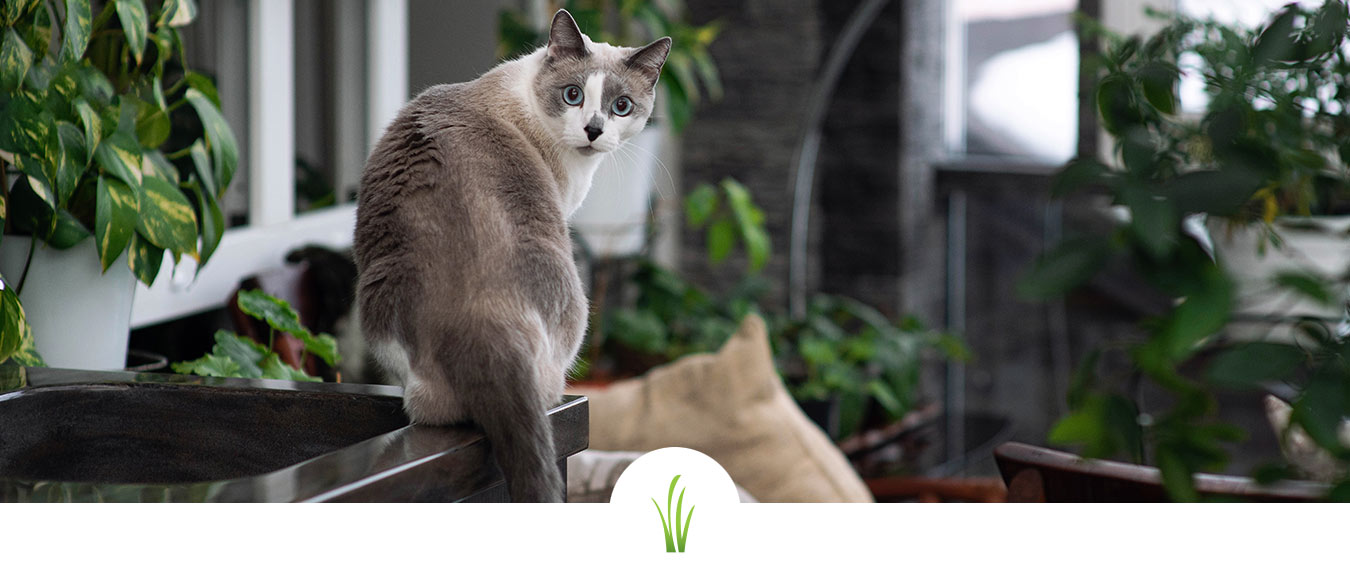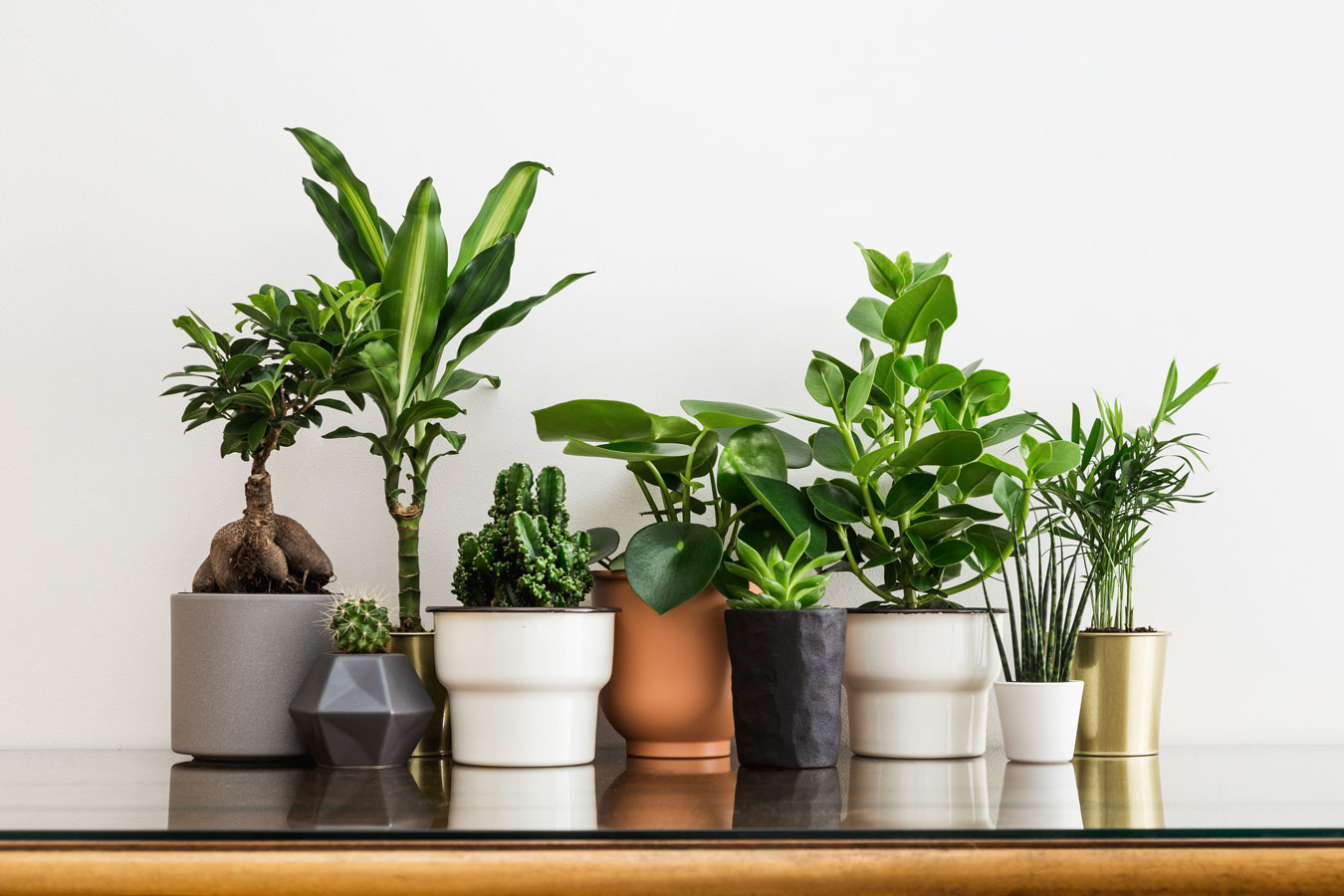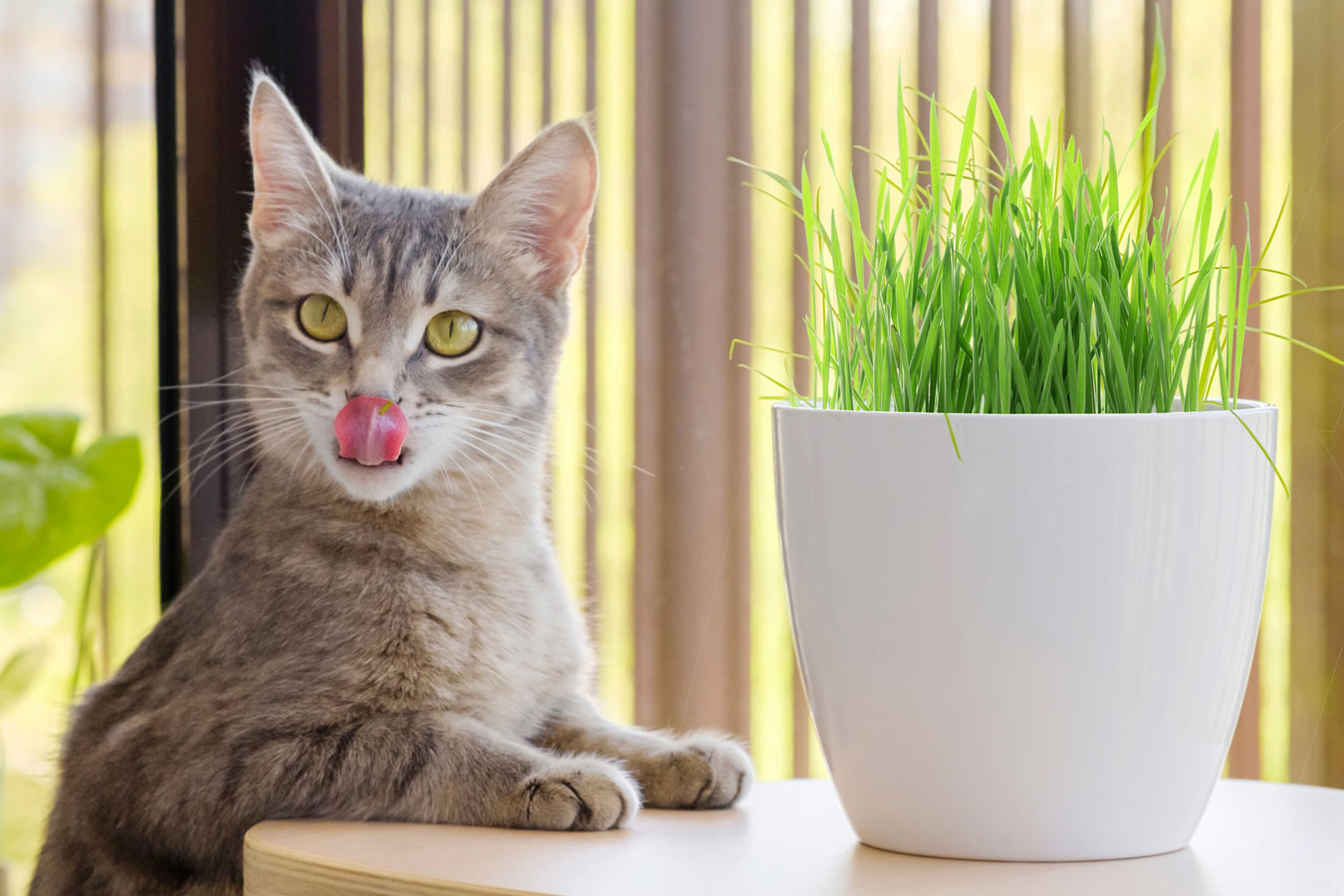
Houseplants and personal landscaping projects have boomed during the pandemic. There’s something about being cooped up at home to make us want to spruce it up with color and comfort. This is why gardening expenses were $8.5 billion more in 2020 than the previous year.
If you’re one of these plant parents, there’s a good chance you also share your home with companions of the furry variety. Caring for lives is in our nature. Still, as good as our intentions may be, combining pets and plants isn’t always a recipe for success. In fact, in some instances, it can lead to disaster.
However, with a bit of research and some prudent planning, anyone can ensure their home is safe for all life, whether of the fluffy, scaley, or leafy variety. With this in mind, here are some steps to make sure your plants are safe for your pets.
Step 1: Take Inventory

This can be disastrous for pets. For example, you might currently be watering a plant that is toxic to animals. This is why it’s so important to do the research. Did you know that begonias were full of oxalates? Did you know that oxalates can cause severe mouth and stomach irritation, as well as a chance of causing kidney stones in pets?
Create a journal that lists all your plants, inside and outside. Consider the following details that should be included:
- Species of the plant, and known toxicity
- Signs and symptoms of toxicity (note differences between dogs, cats, and other animals)
- Special considerations (age of your pets, or existing health issues)
- Possible safe substitutions
You can also include pet-friendly landscaping features. This can be especially important if your pet spends plenty of time outside. Not only are there different plant issues to address, such as poison ivy or edible gardens, but the yard also contains other unknown dangers.
For instance, red brick pavers can reach surface temperatures as much as 40 degrees hotter than the air temperature. Think about replacing pavers with pet-friendly options, such as rounded gravel, or clover covering, which grows easily and is safe for pets.
If it poses a potential threat to your pet, then include it in your journal. Understanding what, why, and how items are dangerous will better help you keep your pets safe.
Step 2: Remove or Reposition Toxic Plants
Once you’ve identified and documented problematic plants, you’ll have some decisions to make. Specifically, what plants should you keep, reposition, or toss away?
If your pets are prone to eating grass or other plants, you’ll want to get them out of reach, at the very least. Even if they’ve never done so before, eating grass and other plants is common for pets. And your new (and toxic) Sago Palm might just give off that irresistible call to nibbling.
If you can’t bear to throw them away, move your toxic plants to areas out of your pets’ reach. High, out-of-sight shelves can deter many pets, but cats are notorious for climbing anything and everything. A locked room might be the answer. Create a plant-only space, full of climate control and humidity meters to ensure your plants are safe and thriving.

Consider also rewarding your pets with some edible plants of their own. Animals often eat grass and other plants for nutritional reasons. Wolves and big cats, for instance, get key nutrition from plants. So, it makes sense that their household relatives would do the same. Cat grass is a great option to keep your curious cats focused on safe greens. It creates an area just for them, and it provides tons of nutrition without the dangers of house plants.
The same is true for the outdoors. Altering your landscaping for pet safety is straightforward. Easy tips include:
- Ditching chemical pesticides and fertilizers (always look for health warnings for any product)
- Replacing toxic plants with safe options
- Fencing off problem areas, such as gardens and water features
- Removing sharp, metal edging
- Creating a special pet area with shade, shelter, and other pet-friendly features
While plants are important, they’re a bit easier to keep safe. They aren’t prone to going around and eating potentially dangerous items. Still, be proactive in ensuring your pets don’t sample dangerous greenery. Keep them out of reach, or donate them to pet-less friends and family.
Step 3: Plan for the Future
Now that your home is cataloged and made safe, you can move forward. However, there’s no need to feel like you’re missing out on some great plants. There are pet-safe houseplant options to meet any desire. And best of all, pet-safe options aren’t dull or drab. Brazilian-native Gloxinias bloom with flowers of pink, purple, red, or blue. As well, Polka-Dot Plants offer beautiful mosaics of color that the entire family can enjoy.
If you know that your pets will try to taste any plants you bring home, go ahead and give them some edible greenery! Wheatgrass is great for dogs and cats, as well as birds, reptiles, rabbits, and other small animals. Full of antioxidants and other beneficial components, pet-friendly grasses are great options. They can distract your pets from your houseplants, and keep them healthy at the same time.
For landscaping projects, turn to professional contractors. They are skilled and knowledgeable in pet-safe products. They can help design safe features to keep your furry friends out of harm’s way, including secure fencing and safe, shade-giving trees and shrubs.
They’ll also be able to advise which products to use and which to stay away from. This includes:
- Safe and organic pesticides, fertilizers, and weed controls
- Nontoxic ground covers (large stones vs. pea gravel, removing mulches)
- Secure and friendly fencing (to avoid injury, hinder digging, and stop escapes)
Look for landscapers that cater to “petscaping.” They will understand the behavior of pets and how it pertains to the yard, such as marking a favorite bush or wearing out the grass in their favorite running area.
You owe it to your pets and plants to keep them safe. Create a journal detailing the natural features that might interact with your pet. Remove any potential problems. Or, keep them out of reach and give your pets a safe replacement if they love nibbling on greens. Finally, turn to pet-safe options for plants and landscaping in the future.
Plants and pets can and should co-exist safely. Pets reduce stress, whereas houseplants increase the air quality of your home. Both add brightness and companionship to your life. And during these trying times, we all deserve a little extra illumination.